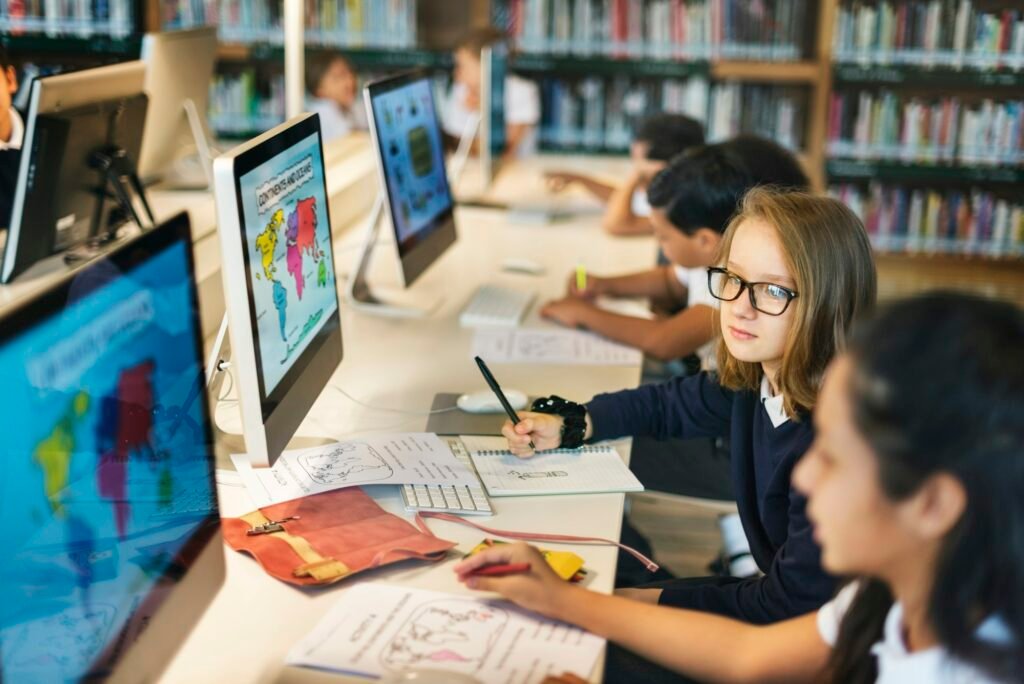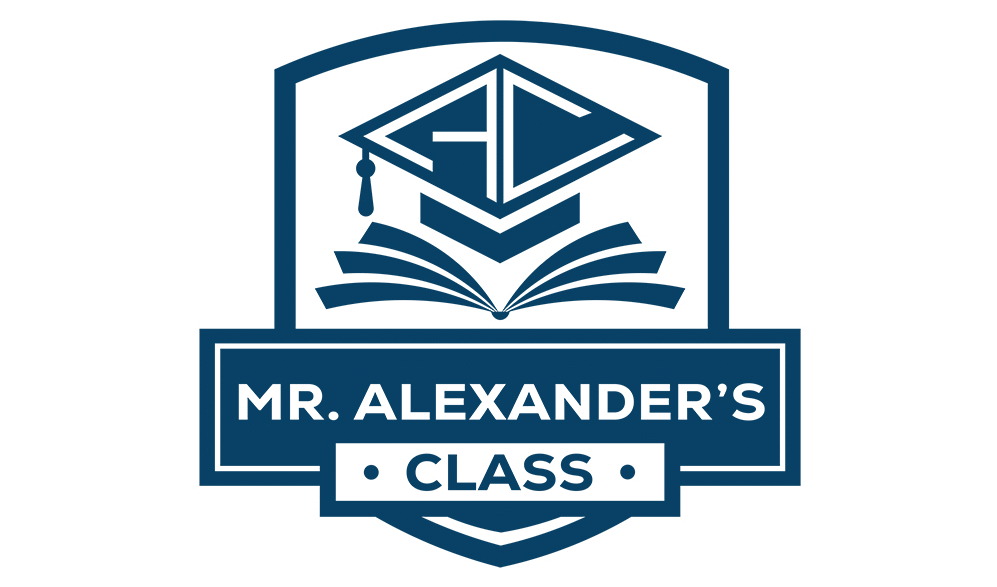As teachers, we’re constantly navigating the push to use more technology while holding onto the proven benefits of traditional teaching methods. Striking this balance is what creates an engaging, effective classroom. Here are strategies I’ve used to blend technology and face-to-face instruction in a way that actually helps students learn.

Align Technology with Learning Goals
Technology should never be the goal—it’s a tool. Start with your learning objectives, then decide how tech can support them. Online platforms are great for delivering content, assessing progress, and giving quick feedback. Meanwhile, I use class time for reinforcing concepts, answering questions, and building connections.
Example: In biology, I might assign an animated video on photosynthesis with a quick online quiz. The next day in class, students run a lab experiment to see photosynthesis in action. Digital tools introduce the concept; hands-on work makes it real.
Choose Tools That Actually Work
Not every tool is worth your time (or your students’). I focus on a handful that are easy to use and reliable. Google Classroom organizes assignments, Zoom or Meet allow discussions, and tools like Canva or Prezi bring lessons to life.
Example: In literature, I post readings in Google Classroom, host virtual discussions, and create visual presentations to break down themes. Students stay engaged without being buried in logins and platforms.
Make Tech and Tradition Work Together
The magic happens when online and in-person activities build on each other. Quizzes online can prep students for deeper discussions in class, and projects can move back online for research and collaboration.
Example: Before a history unit on the Industrial Revolution, I assign a short online quiz to check background knowledge. We dive into discussion in class, then wrap it up with an online research project where students explore a specific angle more deeply.
Use Tech for Active Learning
Technology should get students involved, not just staring at a screen. I mix in interactive lessons, digital games, and collaboration tools that let students explore, problem-solve, and work together.
Example: In math, I model equations on an interactive whiteboard. Students then practice through an online game, and finally collaborate in Google Docs to explain their reasoning in groups.
Support Every Learner with Tech
Blended learning lets us personalize instruction in ways that traditional teaching alone can’t. I use tech to provide accommodations, offer self-paced lessons, and give students access to resources that match their interests and abilities.
Example: For students who struggle with reading, I use text-to-speech tools. For advanced learners, I build extension tasks they can explore in Google Classroom. Everyone gets the support they need while working toward the same standard.
Final Thoughts
When we blend technology and traditional teaching with intention, we get the best of both worlds. Students stay engaged, collaborate more, and develop real-world skills—all while still benefiting from the relationships and structure of face-to-face learning. This balance is what prepares them for success both in and out of the classroom.
If you found this post helpful, be sure to explore the rest of our blog for more insights and tips on improving your teaching experience. Don’t forget to visit our store for products designed to support educators and anyone passionate about advancing education. Let’s work together to make teaching rewarding and inspiring again!



